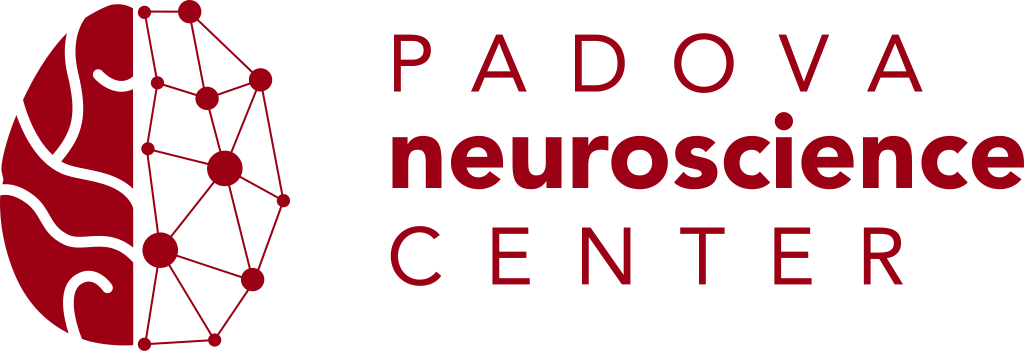by prof. Gian Michele Ratto, Consiglio Nazionale delle Ricerche, Pisa
When: May 26th, 2022 – 3:00 pm
Where: Sala Seminari at VIMM. Recording available on Mediaspace
Abstract: Living organisms navigate through a cyclic world: activity, feeding, social interactions
are all organized along the periodic daily rhythm synchronized by external environmental cues and
brain function varies markedly through the day. An obvious contributory factor is the large change
in the level of sensory drive from day to night. Less obvious is the degree to which intrinsic
neuronal activity might vary, yet there is abundant clinical data supporting the idea that many
functional neurological and psychiatric conditions have strong diurnal patterns. Additionally, basic
animal research has further documented differences in the level of neuronal firing and synaptic
function between periods of rest and activity. Surprisingly, we have no clear understanding of the
cellular basis of the diurnal regulation of neuronal activity, but we should expect the operation of
some mechanisms acting on the excitation/inhibition interplay.
The main inhibitory synaptic currents, gated by gamma-aminobutyric acid (GABA), are mediated
by Cl–conducting channels, and are therefore sensitive to changes of the chloride electrochemical
gradient. As GABAergic activity dictates neuronal firing, the intracellular chloride concentration
([Cl-]i) plays a major role in the regulation of neuronal activity. We measured [Cl-]i with 2-photon
imaging of a genetically encoded Cl- sensor in anaesthetized young adult mice, and we found a
large physiological diurnal fluctuation of baseline [Cl-]i in pyramidal neurons. This equates to a
~15mV positive shift in chloride equilibrium potential at times when mice are typically active
(midnight), relative to their sleep phase (midday).
The cyclic regulation of [Cl-]i impacts on cortical processing since visually evoked gamma-band
oscillations are reduced during the active phase, as it should be expected by the decreased
capacity of inhibition of synchronizing large neuronal ensembles. Importantly, this can be rescued
by the NKCC1 blocker bumetanide that also restores [Cl-]i to the daily levels. Finally, we
determined that during the high [Cl-]i period, the cortex is more sensitive to the pro-epileptic drug
4-ammino pyridine, and again, this enhanced epileptogenicity is rescued by bumetanide.
These results strongly support the idea that the diurnal cycle of cortical excitability is mediated by
a previously unknown change of GABAergic transmission due to a cyclic change of [Cl]i
homeostasis in cortical pyramidal neurons.


